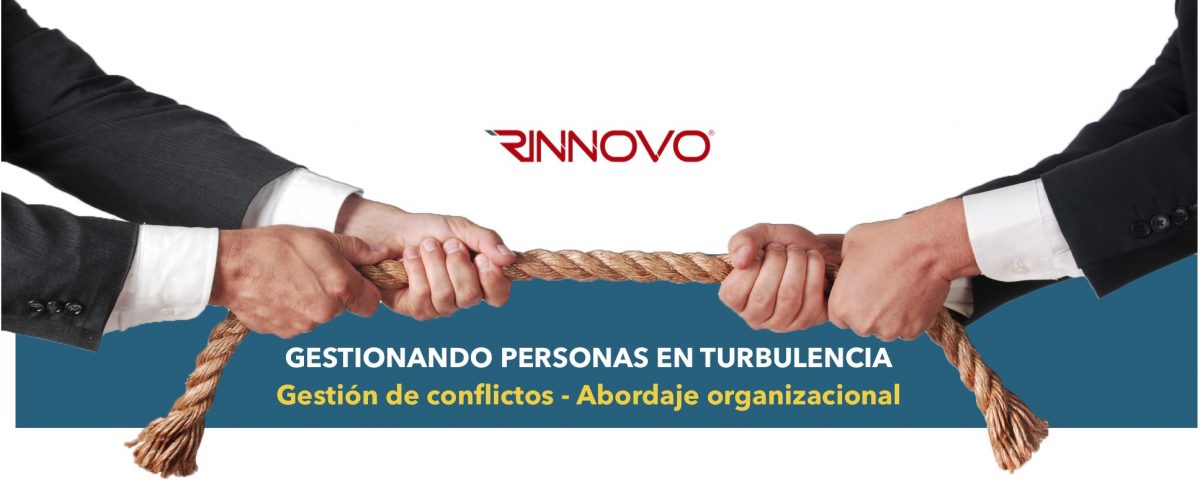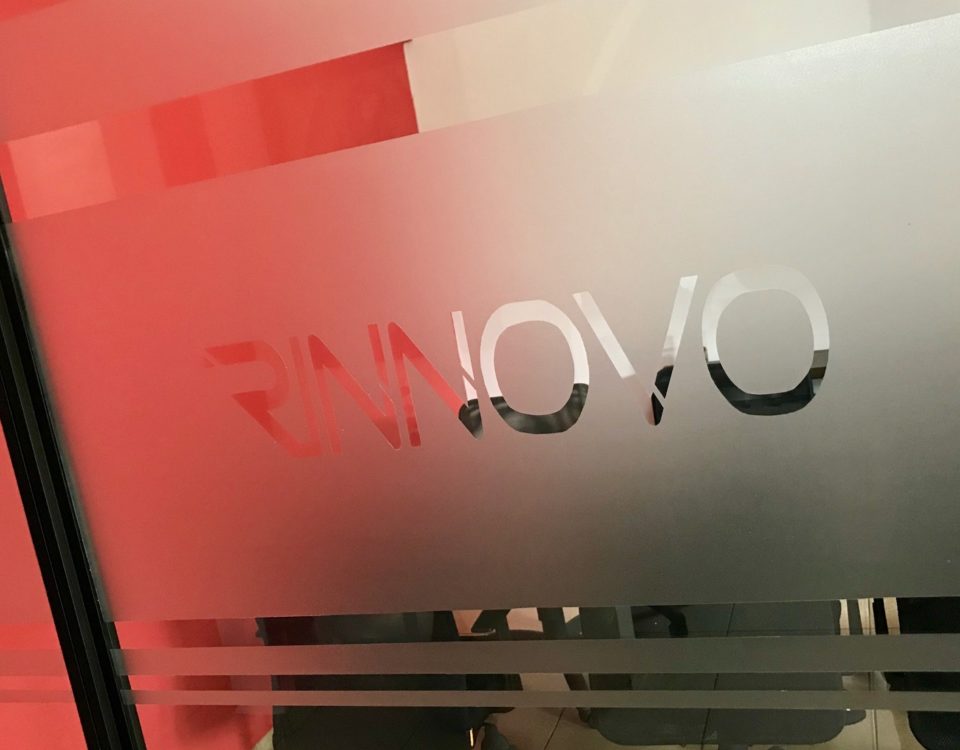Managing people in turbulence
Conflict management, organizational approach
Friends! I want to thank you for your follow-up and attention to all the entries, let's keep it up!
Thank you for continuing with our series of articles on coaching / leadership, if you missed the previous post, I invite you to take 10 minutes to read it .Managing people in turbulence, stress management.
Human nature is studied in the framework, raising the diversity of thought with a potential for conflict. In this way, differences between people arise. The important thing is, not to act with the liver, but with real and concrete panorama.
In our organizations, many times we face conflict when it emerges between people, and then, it is easy to conclude that it is a personal problem. Conflicts can be:
| Functional or departmental conflicts | Conflicts that are rooted in functional relationships or areas. |
| Static conflicts | Conflicts that have their roots in the different roles of the different levels or levels of the organization. |
| Subculture conflicts | Conflicts that originate in the existence of groups. |
| Personal conflicts | Are those that originate in personal enmity. |
Collaborative work and team building are no longer "desirable" aspects of work, but are requirements to do the job itself. Conflict is not good nor is it bad in itself. It all depends on how your handling is. Either you drive it without thinking, or right to act.
Professional team management offers numerous tools to facilitate conflict management. Among the main ones is:
- Basic rules of team behavior (ground rules))
- A clear assignment of responsibilities
- Roles previously established
- Time management plans (expressing specific performance goals)

The main usual causes of equipment conflicts are:
- Schedules
- Work Priorities
- Resources
- Technical opinions
- Administrative procedures
- Costs
- Personal styles
In the dialogue there is an exploration of complex issues where "others" are heard. In the discussion different perspectives are presented and defended and the best one is sought, to support the decisions to be taken.
From experience I tell you, for NOTHING in the world you belong to an "anomaly" as Warren Bennis calls it. Life is too short to belong to organizations whose integrity at all levels is damaged.
Written by MC



